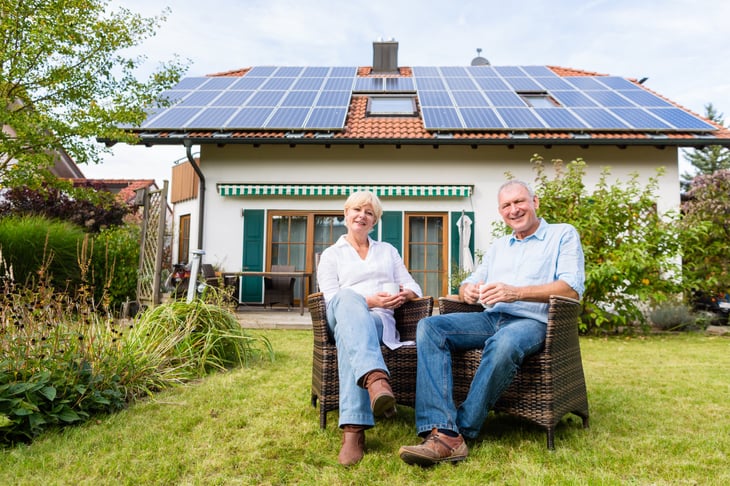
Editor’s Note: This story originally appeared on LawnStarter.
You’d think that the sun has already given enough to the advancement and sustenance of life here on Earth. But, no. The 4.6 billion-year-old star in our solar system can still provide more, including powering our technologies. Today, there are numerous significant ways to use solar power at home.
Processing light energy coming from the sun and converting it to something more useful is nothing new, even in nature. So if plants have photosynthesis, we have photovoltaic — the process of transforming the sun’s energy into electricity using solar PV systems.
What Is Solar Power?
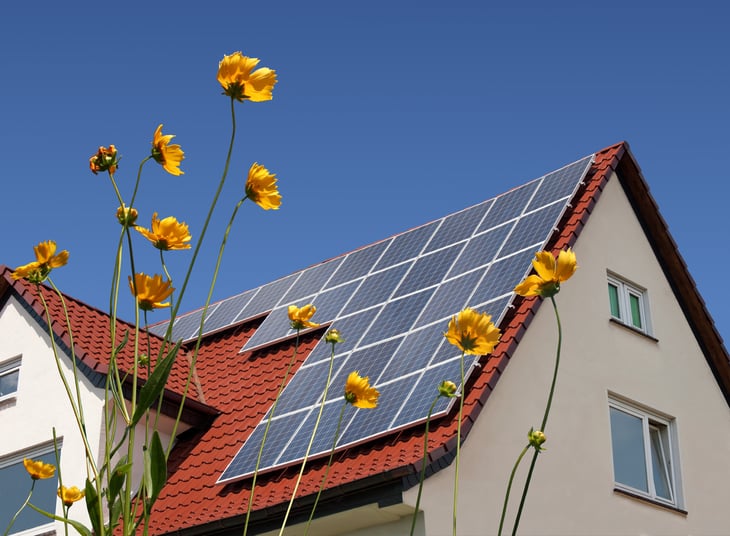
In the past, you could only get electricity to power your air conditioning system and other home appliances if connected to your utility company’s power grid. It wasn’t all that bad back then because it offered a lot of conveniences.
But today, these power grids are not as shiny as they used to be. Aside from the carbon footprint and other damages they’ve been doing to the environment, energy bills are becoming more expensive. Add that to the fact that relying solely on fossil fuels and utility companies is becoming unreliable due to all the rolling blackouts.
Solar energy is here to eliminate all these negative effects.
The sun is the most abundant source of energy in our solar system — never has it failed to provide us with its light in places inhabitable by humans. In fact, the sun gives us around 10,000 times the total energy the whole world requires at any given time. Plus, solar energy is inexhaustible and renewable, unlike fossil fuels.
With the current state of our planet, it’s only natural that everyone should start moving into renewable sources of energy.
No longer in its infancy stage, the technology of solar power is now one of the fastest-growing sources of renewable energy. In fact, even the U.S. government is providing tax credits and other incentives to encourage everyone, including homeowners, to make the switch.
How Does Solar Power Work?
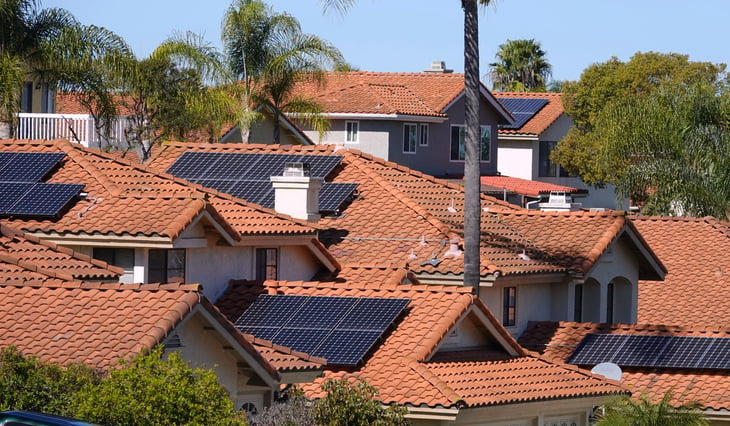
The photovoltaic effect is the phenomenon behind how solar energy works. It’s all about harnessing the light from the sun and converting it to electricity.
Consistency is crucial in making solar power a reliable energy source. We all know that the sun’s light always shines on our planet. All that’s left for us to do is use solar technology that can capture solar energy even on cloudy days. Fortunately, the types of solar panels available these days are now more efficient than ever.
So how does this all happen?
Here’s a quick rundown on what generally takes place during a photovoltaic phenomenon:
- The solar panel receives the light emitted by the sun. The light energizes the electrons on each solar cell, setting them into motion.
- These energized electrons flow out of the junction that sits between cell layers, resulting in an electric current. This current is still in DC, though, so it needs to be converted with an inverter.
- The electric current is then captured by wires and metal plates, sent over to an inverter, and transformed into usable AC electricity.
Currently, silicon is the most common type of semiconductor used in solar panels. While this is very effective, it can be quite costly.
Fortunately, the emergence of thin-film solar panels made of cadmium telluride, copper indium gallium selenide, or amorphous silicon has made things more accessible. With these materials, solar panels have become very flexible — allowing manufacturers to mold them in different shapes and sizes. Thus, the solar-powered appliances and gadgets we have available today.
So you can have a better idea of the benefits of solar power, here are some of the most common uses of this renewable source of energy around your home.
1. Solar-Powered Electricity
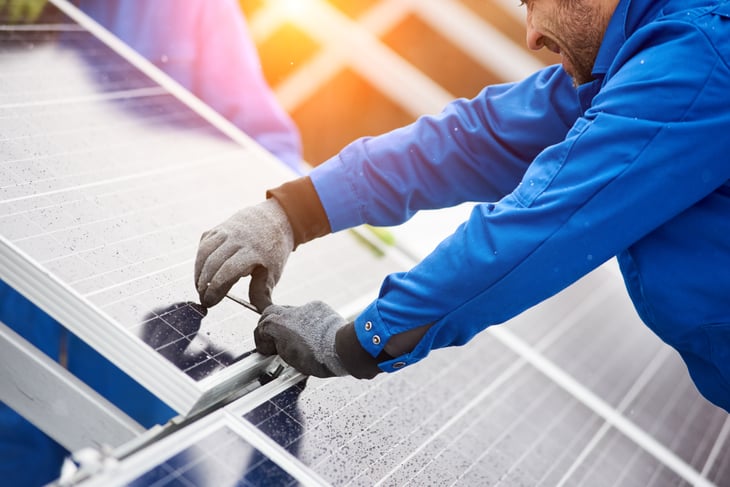
Solar electricity is the most common way to use solar power at home. In fact, it’s the reason behind the numerous installations across the country today. A complete solar installation on your roof can provide electricity for your entire home — as if you’re connected to an exclusive power grid.
2. Solar Water Heaters
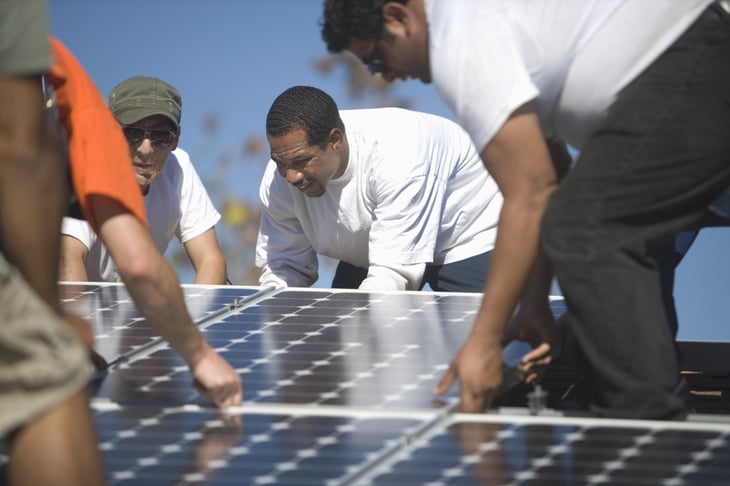
Instead of using conventional gas or electric-powered water heaters, solar water heaters are a more cost-effective solution. The benefits of using solar heating systems are even more apparent the more you need hot water in your home. And we heat water many times every day, from bathing to cooking to washing clothes and utensils.
3. Decorative Outdoor Lighting
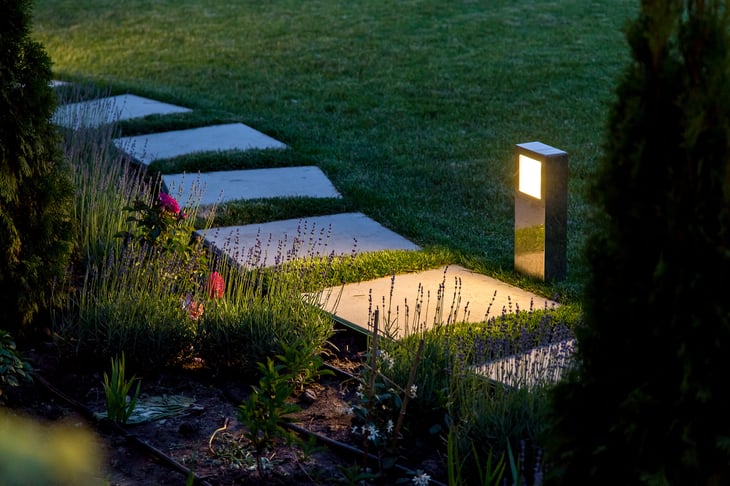
Whether for your garden, party, or security lights, you can use solar power to make the outside of your home look vibrant even at night. Outdoor solar lights come in different types, making your lawn stand out without having to worry about wires. You can even set up holiday lights powered by solar batteries, which are usually weather-proof.
4. Improved Security
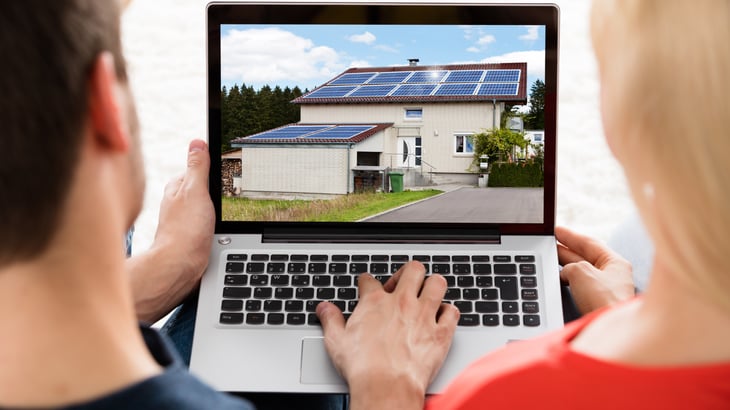
Security lighting and cameras are more accessible and easier to set up these days because of solar technology and Wi-Fi. The combination of these technological advancements allows these gadgets to be placed anywhere on your property, allowing you to have better coverage.
5. Solar Heater

Are you always faced with high electricity bills during winter? When you have solar heaters, you won’t have to bear this problem anymore. Using solar power, you can keep your home warm without having to stress over how much you’ll be paying for your utility bills at the end of the month.
6. Heating for Swimming Pools

Maintaining a clean swimming pool can be hard enough. So when you add up the cost of keeping your pool heated so you and your family can enjoy it anytime, it can become discouraging to have a pool in the first place. Fortunately, developments in solar panel systems allow you to warm your pool anytime without worrying about energy expenses.
7. Solar Ventilation
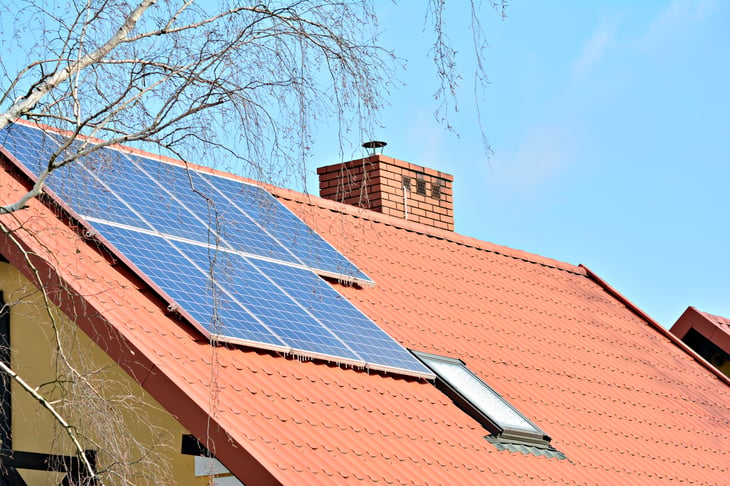
Don’t have a full solar panel system installation? You can still keep your HVAC from overworking and incurring high energy costs by using solar ventilation solutions. This includes solar attic fans, which help cool your home during summer. The energy savings you can get is still significant. And if you think about it, you’re also helping extend your HVAC’s life.
What Is the Cost of Solar?

If you go solar, it will usually cost you roughly $20,000, which already includes the materials and professional installation. If you don’t have enough cash to pay for it all upfront, there are several finance options available. With the movement to switching to solar panels, you can shop around with different local solar providers and find the best option and deals suited for you.
Plus, don’t forget that you can qualify for tax credits and incentives provided by the government.
Most homeowners see solar panels as an investment. While they know the upfront cost is higher, they also understand that the advantages of going solar far outweigh what they have to shell out at the start.
And besides, you get to receive your return on investment over time while opening up another income source in the process. That’s because you can get credited for sending any excess power your solar panel generates to the power grid.
We recommend you check our write-up for more specific and in-depth information about the cost of solar panels.
Is Your Home Good for Solar?
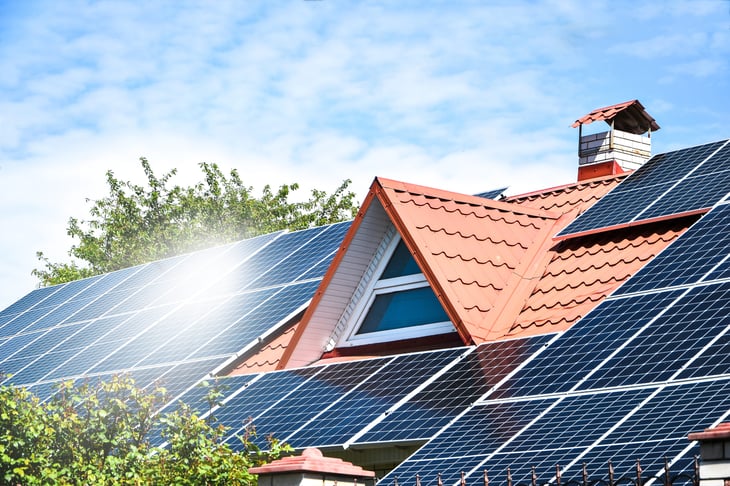
Even if you have the funds to switch your home to using solar power, you also have to see to it that your home is ready for it. Consider these questions before moving forward and make the necessary adjustments to make your home solar-ready.
- Will your roof be able to support the solar panels?
- Should you upgrade your roof before installing the panels?
- How much sunlight does your property receive?
- Are there any shadows that can block your rooftop solar panels at any given time?
- Will going solar significantly increase your monthly energy bills?
These are just a few of the crucial factors you need to consider. Check our extensive article if you need help understanding whether your home is good for solar.
